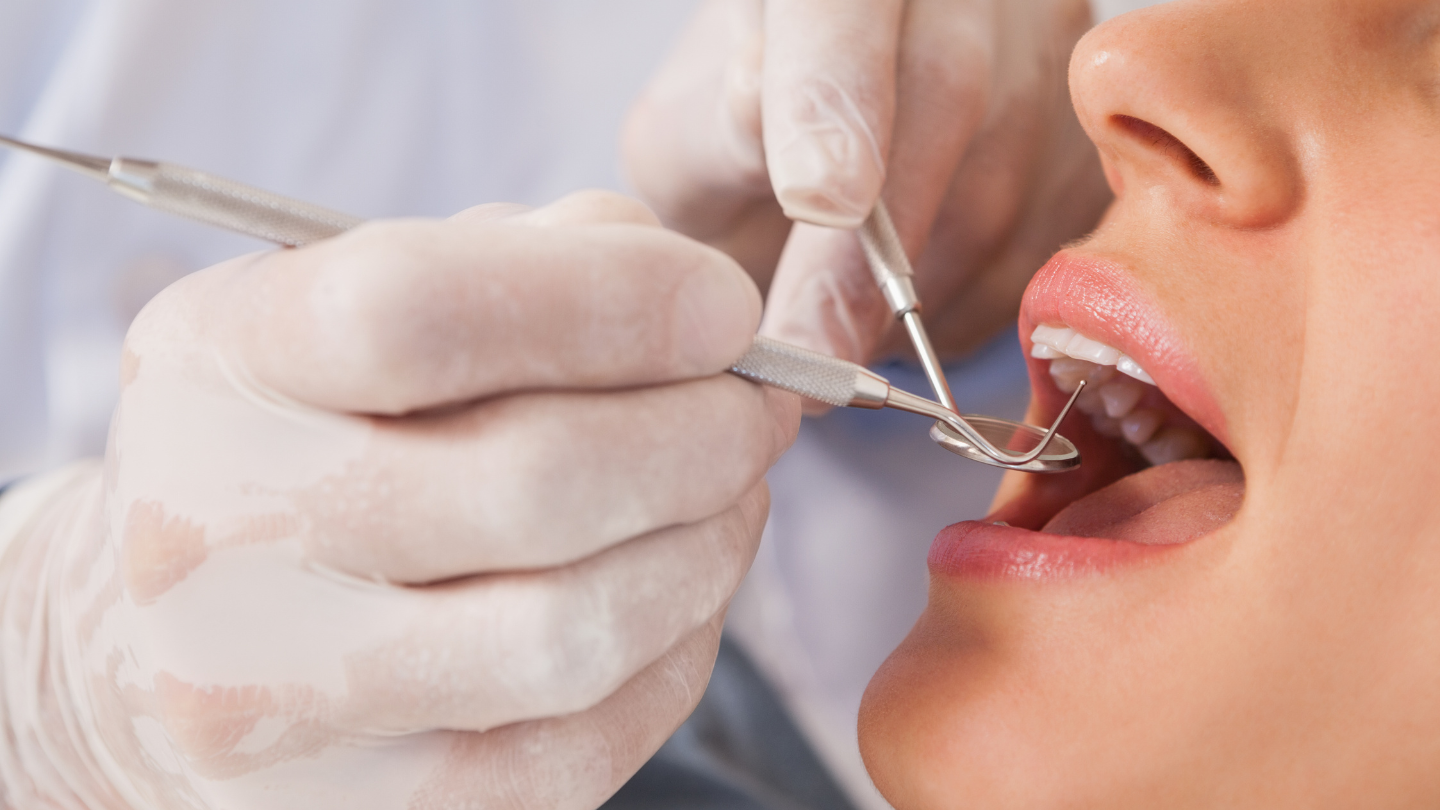
Restorative dentistry plays a crucial role in maintaining and enhancing oral health by addressing issues such as tooth decay, damage, and loss. This specialized field of dentistry employs various techniques and materials to restore the function, integrity, and aesthetics of the teeth. From simple fillings to advanced dental implants, restorative procedures aim to repair and revive the natural form of teeth while preventing more serious dental problems in the future.
As techniques and technologies in restorative dentistry continue to evolve, patients now have access to a wide array of treatments tailored to their specific needs. Understanding the importance of restorative dentistry can empower individuals to take control of their oral health and make informed decisions about their dental care. This article delves into the various aspects of restorative dentistry, highlighting its significance, common procedures, and advancements that enhance patient outcomes.
Common Restorative Procedures
Restorative dentistry encompasses a variety of procedures designed to repair or replace damaged teeth. Common treatments include dental fillings, crowns, bridges, and dentures, each serving a unique purpose in restoring oral function. Fillings are often used to address cavities, while crowns provide additional strength and protection for badly damaged teeth. Bridges and dentures are excellent solutions for replacing missing teeth, improving not only the appearance of the smile but also enhancing chewing ability and overall oral health. Contacting a local practice offering Affordable Restorative Dentistry in Anthem AZ can help patients explore these options.

Advancements in Restorative Dentistry
Technological advancements in restorative dentistry have transformed how dental professionals approach treatment, resulting in more effective and less invasive options for patients. Innovations such as 3D imaging, CAD/CAM technology for creating precise dental restorations, and biocompatible materials have significantly improved the effectiveness and aesthetics of restorative procedures. Additionally, regenerative techniques, including the use of stem cells, promise to enhance the ability to restore natural tooth function and health, reducing the need for more extensive dental work in the future. Patients can benefit from these advancements, leading to better outcomes and a more pleasant experience within restorative dentistry.
In conclusion, restorative dentistry is a vital component of comprehensive dental care, as it not only addresses immediate concerns such as decay and damage but also emphasizes the importance of preventive measures and long-term oral health sustainability. By utilizing innovative techniques and materials, dental professionals are now able to provide more effective, personalized, and aesthetically pleasing solutions that significantly enhance patients’ quality of life. With the continued evolution of this field, individuals are encouraged to stay informed and proactive about their dental health, recognizing that timely interventions can lead to lasting benefits and a more confident smile. As restorative dentistry progresses, patients can look forward to even more advanced treatments that ensure the integrity and functionality of their teeth for years to come.

